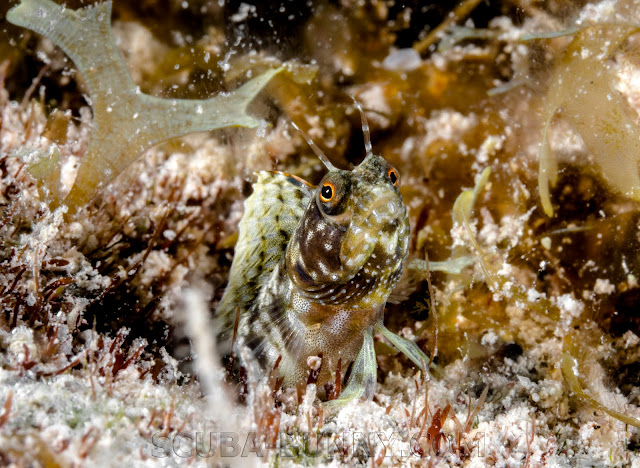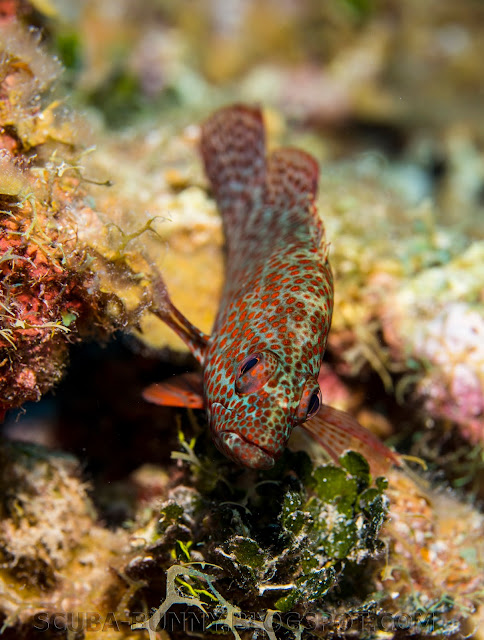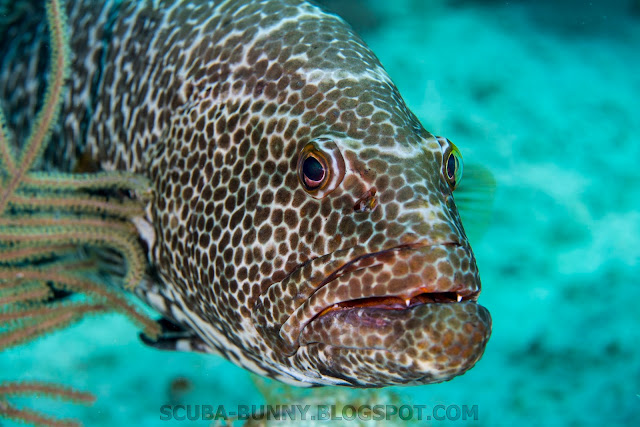It's been a few months since the last time at the East End but we now have a little bit of free time, we decided to make the most of it despite a little 10 knot Easterly but that's never stopped us before. And given this time of year, you would think that it would be a relatively quiet boat, but not this time, it was jam packed. Luckily we had our own little corner to plot and scheme in.
 |
| "Sardines ahoy!" |
Captain Nige and/or Captain Sarah (they're interchangeable now) took us South to a little place we like to call the Maze for a modicum of shark action and right on time, without fail, as soon as we splashed down, the boys and girls came right out to play with us.
 |
| "It's behind you!" |
The sharks were the main draw but the scenery is just a little bland side (in comparison to Northern Lights, Babylon, etc. in my opinion) but you could still get a nice shot or two with a little effort and some luck.
The surface interval was immensely entertaining as we got down to business attacking cans of pop and homemade biscuits while a few of the individuals around us were hanging over the gunwhales chumming the water and going various colours of the rainbow. Great half time show!
Second dive took us onto the Big House which we haven't done for a while but proved to be almost as exciting as the Maze with several nurse sharks cruising around. Not quite what you want when you have a macro lens on, but I'm up for a challenge. Bring it on!!
As well as the big stuff there were a ton of red lipped blennies out, despite the surge in the shallows. Love these things.
Not forgetting the other liitle star attractions like the damselfish, the roughead and secretary blennies.
And some slightly bigger stuff like Caribbean lobsters, groupers and dogfish with the occasional grunt and snapper thrown into the mix making for a very eclectic dive.
Thanks to the lovely boys and girls at Tortuga divers for providing a perfectly good boat to jump off, hopefully we'll be out again sooner rather than later.
And if you haven't already seen it, Miss Leslie posted some very nice video footage of the dive on facebook which I've reposted on my facebook too if you want to see some nice shark action.































































